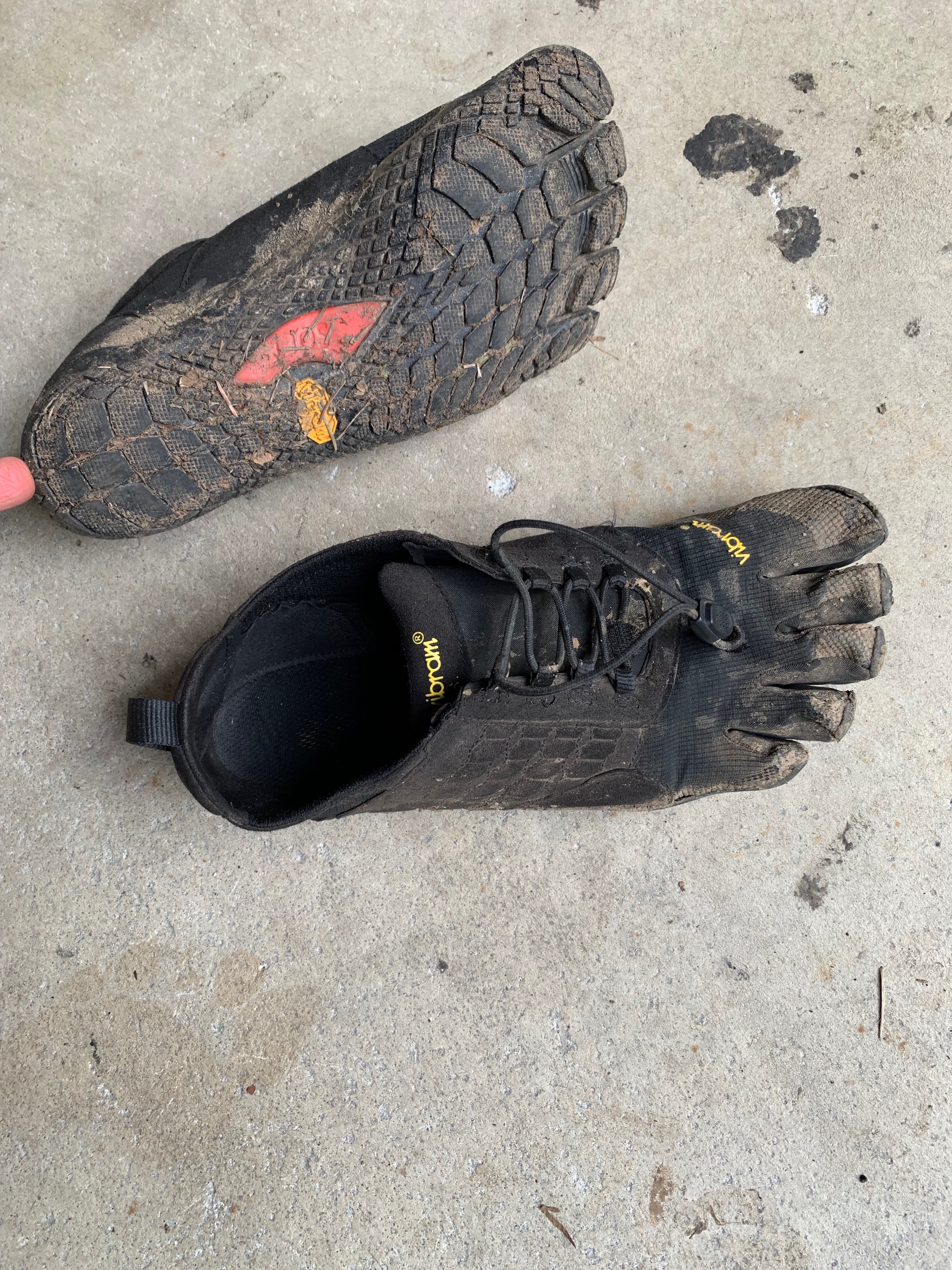
Ask anybody that is a not a regular runner, and they’ll likely tell you that they don’t run for exercise because they hate running. I can virtually guarantee that it was not always that way – if you asked the 6-year old version of that same person if they loved to run, and they would probably take off in a full sprint to show you just how much they love to run. So what happened? Why do so many adults so strongly dislike running?
I can probably sum it up in one word: injuries. Most runners, even people that love running, will likely have some sort of an injury that stops them for 1-2 weeks nearly every year. Some runners suffer from a constant cycle of injuries, taking a break, building back up only to get injured and start the cycle over again. Eventually many people give up and take on other forms of exercise that involve lower impact (when regular ibuprofen no longer helps).
I have been a reluctant runner most of my adult life. I started running in college to help me work off my “Freshman 15”, and suffered a number of lower leg injuries along the way. I took up cycling, and didn’t run much at all for many years until I started training for triathlon. I was still getting injured any time my mileage went over 10-15 miles per week, so when I stopped competing in triathlons I also stopped running.
Fast forward to today, and I have re-discovered the simple joy of going out for a run. There are few activities that are as natural, primal and efficient as going for a run. But I’m doing it differently now, and it has been a bit of a task to get to this point, so I’ll outline a few of the things that were important to fix in order for me to enjoy running again. Before I do that, however, here are a list of injuries I have worked through along the way and over the years, associated with running:
- Achilles tendonitis
- ITB syndrome
- Trochanteric bursitis
- Shin Splints
- Plantar Fasciitis/Fasciosis
- Metatarsalgia
- Patellar tracking issues/knee pain
In working with patients here at my clinic, I have worked with a number of other injuries associated with running. With all this in mind, I’ve found that there are a few simple principles that have helped me avoid injuries and enjoy running again:
- The first 8-12 weeks of running should be viewed as “strength training” for your hips, legs, feet, etc. This is probably the most important take-away from this brief article. Though you may be getting a bit of cardiovascular benefit in the first few months of a running program, the most important adaptation that your body is making is remodeling your tendons, ligaments, muscles, etc. to act like a spring. Normal daily activities like walking and going up and down stairs do not involve the ballistic spring loading of the soft tissues (commonly thought of as impact), and this is the driver for most running-related injuries. For a program to help with this first part of a running program, see this blog article “Return To Running“.
- Poor technique. We all know it when we see it. Some people look supple and fluid when they run, and others look like they are tearing their body apart or simply running on an injury. Take a small error and multiply it by 4500 reps/hour times how many hours per week and small errors end up magnified to the point of overwhelming your ability to adapt to the stress.
- Choosing shoes that are bad for your feet. The modern shoe dilemma is beyond the scope of this short article, but for a brief primer on footwear and how it shapes your feet, please visit our friends at naturalfootgear.com
- Lack of Self-Care. There are a number of self-myofascial release and mobilization techniques that should regularly be used by runners, but most runners do an incomplete or irregular program of self-care. This often eventually leads to injury as the body accumulates microtrauma over the weeks, months and years. For an example of a mobility routine for the lower leg, see this video on the multi-directional calf stretch.
So what is an injured runner to do? The same thing as anybody that wants to improve their outcome in a certain area: seek help from experts! No two runners are alike, and the most important factor in returning to running safely is unwinding the complex biomechanical issues that may have built up, leading to your injury cycle. Once you are “fixed” you begin the process of re-learning to run, starting with loading your tissues appropriately with the right training, combined with proper post-workout mobility work.
If this sounds like something that you would like to do, I encourage you to contact us for a consultation. We can look at your running style, evaluate your gait, and help you figure out what you need to do in order to return to running pain-free. Trust me, re-discovering the simple joy of running pain-free is worth it!